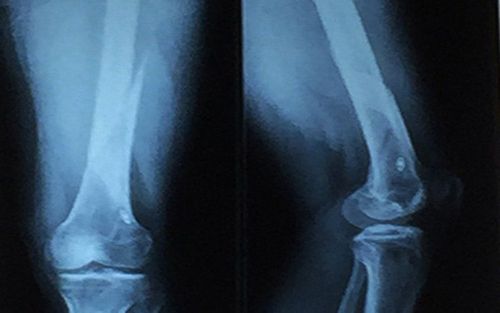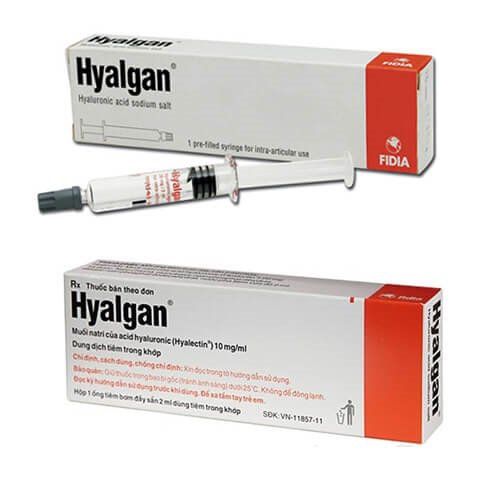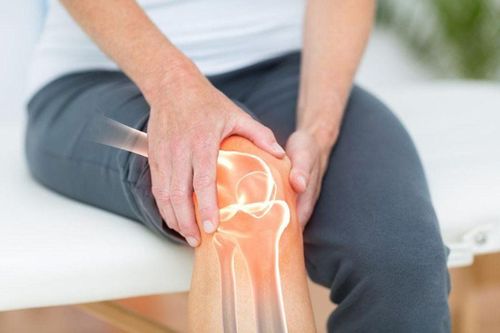This is an automatically translated article.
Article written by Dr. Tran Thanh Tinh - Rehabilitation Doctor - Department of Rehabilitation - Vinmec Times City International General Hospital.
Iliotibial band syndrome (ITBS) is an overactivity of the connective tissues located on the edge or outside of the thigh and knee. It causes pain and soreness in those areas, especially right above the knee joint.
1. Overview of iliotibial band syndrome
The tibial iliac band is a thick fibrous band that runs from the iliac crest (outer surface) to the anteroposterior surface of the tibia. Made up of the transition of the gluteus maximus and fascia, the iliotibial band is a very thin, blade-like band that runs along the lateral surface of the thigh to attach to the lateral part of the knee, connecting the pelvis to the knee. role in flexing and rotating the hip joint, while extending the knee joint.
ITBS is one of the most common injuries among runners presenting with lateral knee pain, with an estimated prevalence of 5% to 14%. Further studies indicate that ITBS is responsible for approximately 22% of all lower extremity injuries.

2. Causes of iliotibial band syndrome
When exercising too much, especially when the intensity of exercise is increased too quickly, the iliotibial band will be stretched and inflamed. Here are some common causes of iliotibial band syndrome:
This condition is common in people who run long distances, on rough ground, going downhill, wearing worn-out shoes. In some cases, it is due to prolonged, repetitive strain or compression. Weak buttock muscle, thigh muscle strain, knee concave inward, flat feet.
3. Clinical symptoms of iliotibial band syndrome
Patient with iliotibial band syndrome presents with pain on the lateral side of the lower femoral head, just above the lateral epicondyle of the femur. Pain gradually increases over time. Pain increases when running, walking downhill. Inflammation of the tibial iliac bursitis may also present with red swelling and fluid accumulation around the bursa.

4. Treatment of iliotibial band syndrome
Conservative treatment:
Rest to release the pressure, improve the whole body for the patient. Non-steroidal anti-inflammatory drugs (NSAIDs). Massage. Physiotherapy treatment: TENS pulse current, ultrasound, short wave, paraffin, shock wave Local injection of corticosteroids: Applied for acute stage or treated by other methods without relief. Surgery : Very rare cases need surgery, cases need surgery:
It is possible to remove a small part of the tibial iliac band covering the femoral condyle. Cut bursa sacs, cysts in the treatment of ITBS syndrome. Conservation methods are not effective. Movement: Perform exercises to stretch and strengthen muscles:
Stretch the glutes, stretch the thigh muscles. Strength training thigh muscles. Squat 1 leg. Practice balance.
Above is some information about iliotibial band syndrome. If you have any of the above symptoms, you should go to reputable medical facilities for timely examination. Vinmec International General Hospital is always ready to receive and treat diseases from simple to complex. With a team of qualified doctors and modern medical equipment, the examination and treatment process takes place well and achieves the highest results.
Currently, in addition to developing package examination services, such as general health checkup packages, the institute also has individual services suitable for each customer's case. Therefore, when you have any health problems, you can go to Vinmec hospital for examination and appropriate advice from a team of leading doctors and experts from many major hospitals across the country.
Please dial HOTLINE for more information or register for an appointment HERE. Download MyVinmec app to make appointments faster and to manage your bookings easily.














